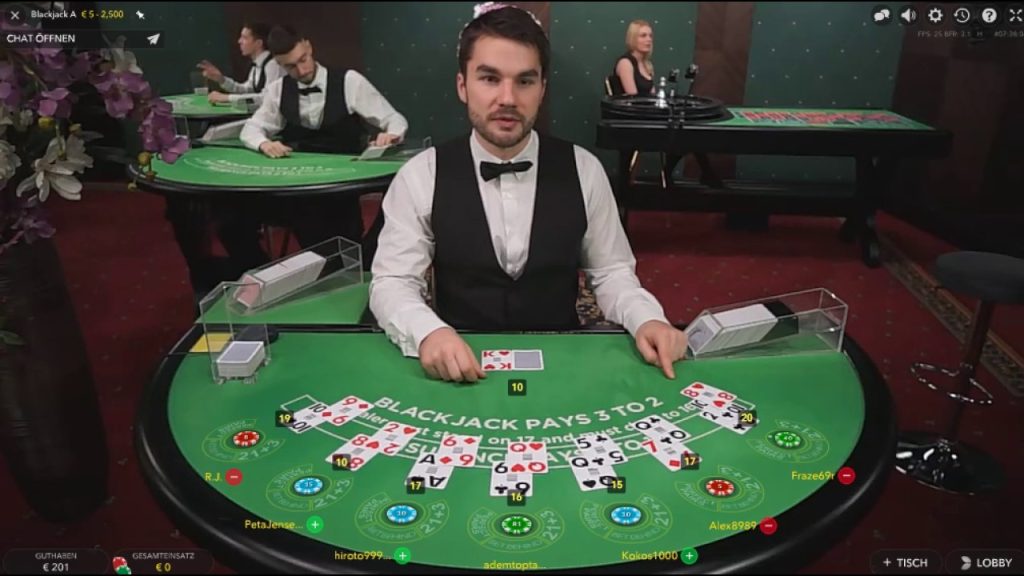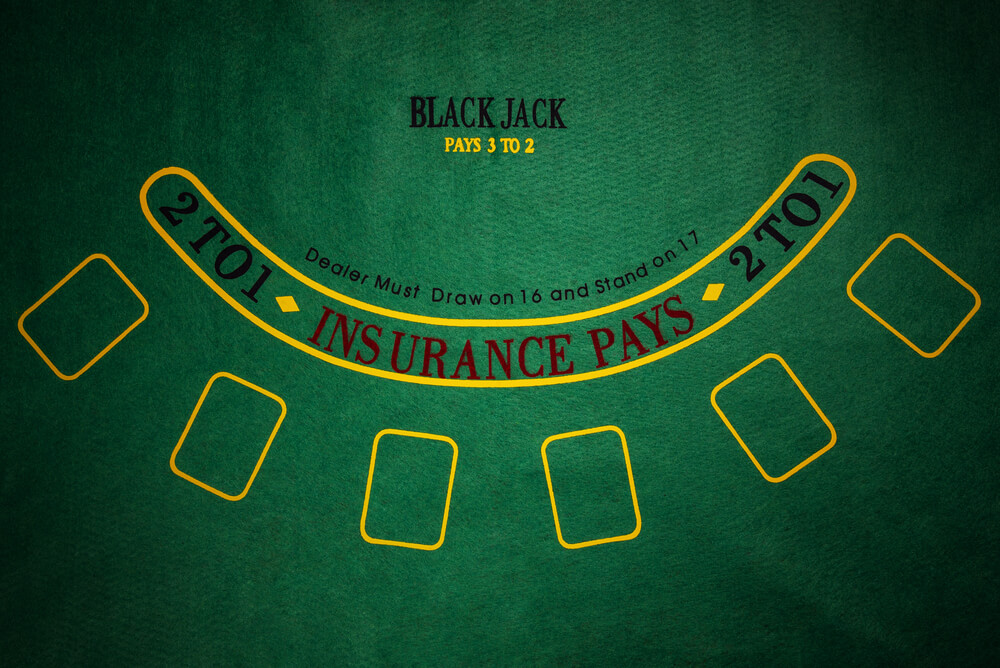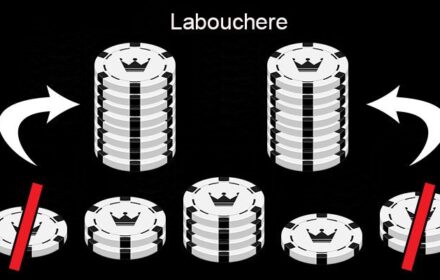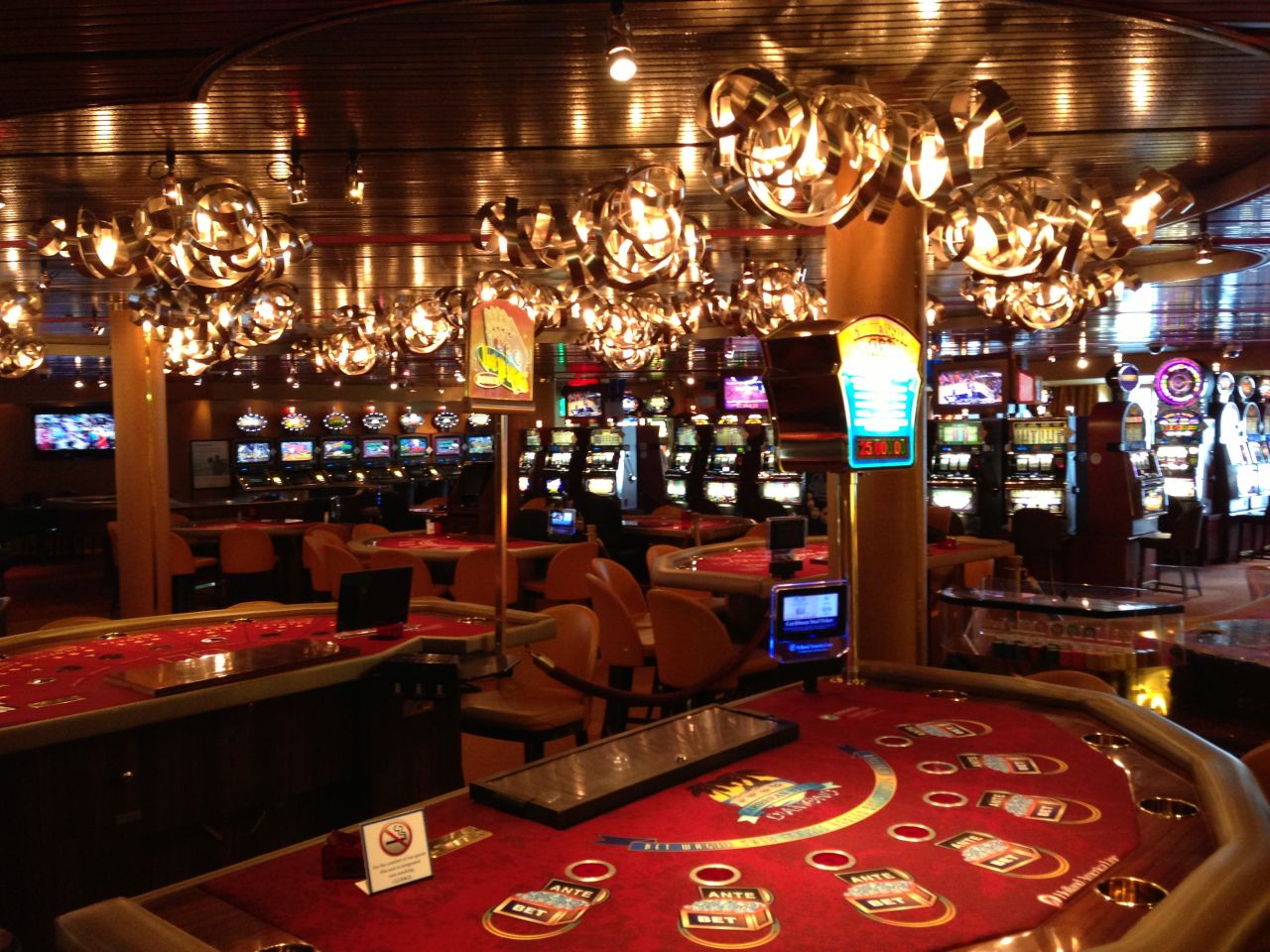“Twenty-one” is a game where luck is combined with calculation. Spontaneous decisions bring short-term victories, but in the long run, it is the blackjack strategies that determine the outcome. Knowledge of the mathematical fundamentals, proper interpretation of the dealer’s card, and timely actions help to maximize the likelihood of success.
How to Play Blackjack Using a Strategy: An Algorithm of Actions
The participant starts by analyzing their points and the dealer’s open card. The optimal solution is selected based on the basic table:
- a weak, soft hand requires a different approach than a strong, hard hand;
- passive tactics are often preferred against a strong dealer’s trump card;
- if the odds are favorable, you can double your bet by using a double;
- Splitting pair bets helps to increase the chances of winning.
Understanding how to use established patterns gives you confidence in every decision you make at the table.
Basic Blackjack Strategy: The First Step Towards Success
 The most common scheme is the basic option. It is based on the probabilities of winning in various gaming situations. Standard action tables take into account the professional’s score and the dealer’s open card. By using this tactic, the casino’s advantage can be minimized to 0.5% if played correctly.
The most common scheme is the basic option. It is based on the probabilities of winning in various gaming situations. Standard action tables take into account the professional’s score and the dealer’s open card. By using this tactic, the casino’s advantage can be minimized to 0.5% if played correctly.
The user strictly follows the prompts, making a hit, stand, double, or split depending on the specific position. Ignoring these principles automatically increases the house’s chances.
Nominal value calculation: the method of professionals
One of the most famous blackjack strategies is face value counting. When using the technique, the player keeps track of which cards have come out of the deck and evaluates the probability of the next successful move.

With a positive score, the probability of getting the highest trumps increases, which means the probability of winning. If the score is negative, it is more reasonable to reduce the bets or quit the game altogether. High concentration and excellent memory are required for effective application of the method.
Martingale Strategy: Risky Double Betting
Martingale is an old betting system adapted for 21-point games. After each loss, a professional doubles their bet in order to make up for all their losses and turn a profit on the first win. However, this blackjack strategy requires a large bankroll and the ability to withstand long streaks of losses. If the player reaches the table limit or runs out of funds, they will face complete failure.
Aggressive double tactics: the ability to double your bet at the right time
The possibility of a double is becoming one of the most powerful options. With a strong starting combination (9, 10 or 11 points) and a weak dealer’s open card (from 2 to 6), doubling the bet dramatically increases the chances of winning.
Using the double correctly can significantly improve the effectiveness of the game. The participant is obliged to assess the situation based on potential chances, and not just his own desire to take risks.
The Right Split: Pair Division to Increase Your Chances
In some cases, splitting identical positions (split) becomes a mandatory move. This is especially true for pairs of aces and eights. Splitting creates two new hands, increasing the likelihood of forming a strong combination against a vulnerable dealer.
On the other hand, an incorrect split, such as splitting a pair of tens, reduces the chances of success. By implementing blackjack strategies that involve proper splitting, players can effectively control the game.
Blackjack Insurance: A Trap for Inexperienced Players
Insurance is an option offered when the dealer has an ace open. The player can insure his bet against the possible winnings of the opponent. Despite the attractiveness of the offer, mathematically insurance is almost always unprofitable.

Experienced professionals who use advanced blackjack strategies refuse insurance, except in situations where card counting indicates a high probability of a “score” from the dealer.
Soft hand versus Hard hand: adapting tactics
When there is an ace in the hand, which can be considered either a unit or an eleven, it is referred to as a soft hand. In this situation, the strategy becomes more flexible, as you can take an additional hit without the risk of going over immediately.
In a hard hand (without an ace), any additional card carries the risk of going over and losing. Understanding the differences between these two types of hands is crucial for effective blackjack strategies and maximizing your chances of winning.
Errors in diagrams and tables: what should you avoid?
Many people make typical mistakes when building their game plan. To minimize losses, you should consider the following:
- ignoring the basic option;
- incorrect use of the double;
- excessive interest in betting insurance;
- Attempts to improvise without calculating the chances;
- underestimating the dealer’s strength.
Understanding these points allows you to avoid traps and play more effectively.
The Importance of Action Structure: Table and Diagrams
Participants who use the basic example table act faster and more confidently. The schemes indicate when to split, double, hit, or stand, depending on the starting hand.
Retraining the schemes not only helps to reduce losses, but also facilitates real-time decision-making, especially in tournament play.
The Best Blackjack Playing Tactics: Choosing the Right Strategy
The effectiveness of a tactic depends not only on its popularity, but also on compliance with the basic rules. To make an informed choice, it is worth considering the following principles:
- Avoiding emotional decisions;
- Keep a close eye on the deck;
- adapt the bet depending on the strength of the combination;
- minimize the use of insurance;
- focus on probabilistic models.
This methodical approach significantly increases the player’s chances of maintaining balance and even making a profit over the long term.
Conclusion
 Effective application of blackjack strategies requires discipline, knowledge of the basic rules, and the ability to adapt to the situation. A user who calculates moves, applies mathematical schemes, and avoids emotional decisions can significantly reduce the casino’s advantage. “Twenty-one” is a game of calculation rather than chance, and a systematic approach always leads to better results.
Effective application of blackjack strategies requires discipline, knowledge of the basic rules, and the ability to adapt to the situation. A user who calculates moves, applies mathematical schemes, and avoids emotional decisions can significantly reduce the casino’s advantage. “Twenty-one” is a game of calculation rather than chance, and a systematic approach always leads to better results.
 en
en  ru
ru  de
de  ar
ar  es
es  nl
nl  hi
hi  fr
fr  it
it  pt
pt  el
el 



